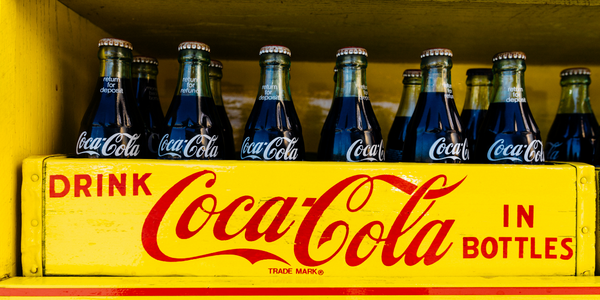Customer Company Size
Mid-size Company
Region
- America
Country
- United States
Product
- Acumatica 2.0
- Acumatica 3.0
- Financial Management Suite
- Project Accounting Suite
Tech Stack
- ERP System
Implementation Scale
- Enterprise-wide Deployment
Impact Metrics
- Cost Savings
- Productivity Improvements
Technology Category
- Platform as a Service (PaaS) - Data Management Platforms
Applicable Functions
- Business Operation
Use Cases
- Supply Chain Visibility
Services
- Cloud Planning, Design & Implementation Services
About The Customer
S&L Hospitality is a hotel and resort management company founded in 2005. The company operates hotels and resorts with approximately 500 employees. The company's headquarters is located near Madison, Wisconsin, and it manages properties in Wisconsin, Illinois, Indiana, Minnesota, and South Dakota. In 2012, the gross revenues across managed assets exceeded $35M. After a fire at their headquarters in August 2011, the company switched from their 1990’s software to Acumatica, improving data management and productivity.
The Challenge
S&L Hospitality had been relying on outdated software, Yardi Property Management and Yardi Construction Management, which was not progressing with the company's needs. In 2011, S&L started to research their options and went with M3 Hotel Accounting for one of their hotels. However, it was not as customizable as they had hoped and had flaws with reports. In August of 2011, a fire destroyed the S&L Hospitality headquarters, forcing the company to scramble to put together an entirely new system.
The Solution
S&L found Acumatica almost by accident. After the fire, S&L had to act quickly to get up and running again. They reached out to several companies, including Microsoft Dynamics, NetSuite, and SAGE. One of S&L’s owners was good friends with the owner of another company who had used Mike Garverick (of Acumatica partner TechVisions). It took a couple of weeks to finalize the purchase and within another two weeks Mike and Acumatica were able to implement S&L’s new ERP system, Acumatica 2.0. Since 2011 S&L upgraded to Acumatica 3.0 and expects to upgrade again in 2013. S&L purchased a license for an unlimited number of companies, hosted on-site; they currently have 15 separately-owned properties and three management companies on Acumatica. They initially bought the Financial Management Suite, but have recently added the Project Accounting Suite. They are also considering adding the Distribution Management Suite.
Operational Impact
Quantitative Benefit

Case Study missing?
Start adding your own!
Register with your work email and create a new case study profile for your business.
Related Case Studies.

Case Study
Remote Temperature Monitoring of Perishable Goods Saves Money
RMONI was facing temperature monitoring challenges in a cold chain business. A cold chain must be established and maintained to ensure goods have been properly refrigerated during every step of the process, making temperature monitoring a critical business function. Manual registration practice can be very costly, labor intensive and prone to mistakes.

Case Study
Retail Uses RFID to Enable Cold Chain Monitoring
Like most grocery retailers, Hy-Vee is faced with the challenge of providing the highest quality products to its shoppers. Shoppers want the longest possible shelf life from perishable products and expect a consistent product experience each time they shop. Controlling the quality of products sold leads to shopper loyalty, which is of paramount importance to the success of Hy-Vee. Before products arrive in stores, Hy-Vee's distribution centers (DCs) handle items including dairy products, fresh meats, seafood, deli items, produce and frozen goods, all of which have different temperature needs and sensitivities. During transit from suppliers to DCs, Hy-Vee has limited visibility and temperature management abilities due to large amount of supplier managed transportation. For instance, during a week-long transit, a supplier's carrier equipment may malfunction, causing an item to thaw and then refreeze once repairs are made. Hy-Vee sought help from TempTRIP, an RFID solution provider that focuses on shipping, storage, receiving, and temperature control. TempTRIP's EPC RFID tags use Impinj chips to monitor and report temperature readings throughout the shipping and receiving process. The tags can also be re-configured and re-used, a unique feature within the current market of temperature monitoring devices.

Case Study
Covisint Improves Mitsubishi's Collaboration With Its Supply Chain
Mitsubishi sought to improve supplier relationships on a global basis and to offer an easy-to-use solution to interact with them. In August 2004, Mitsubishi selected Covisint’s platform to help improve sharing of information and collaborative business processes with its global suppliers. Covisint enabled Mitsubishi to provide its suppliers with immediate access to information and applications to obtain more collaborative working relationships










